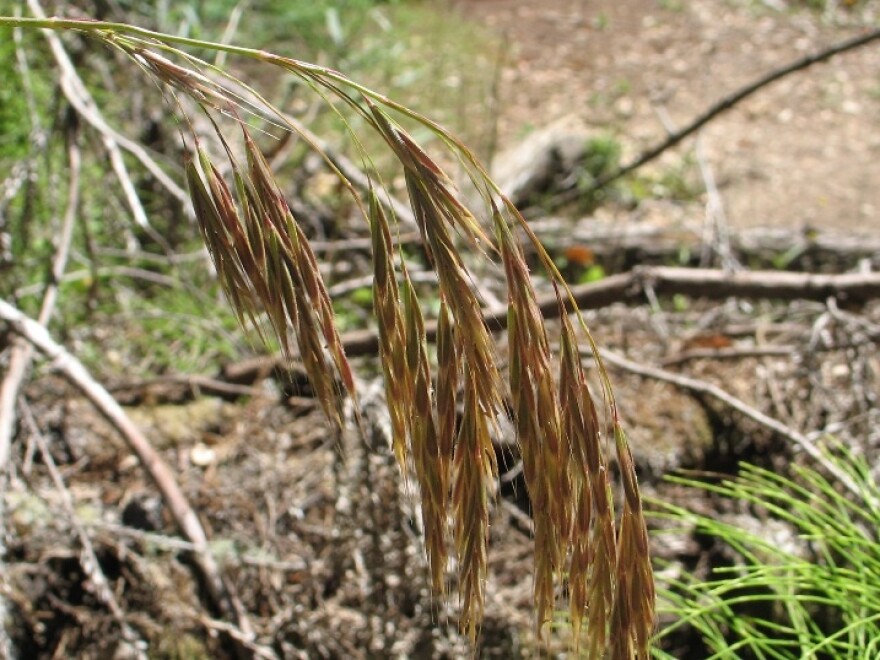Ever gone on a long road trip and paid attention to how the plants seem to change as you cover more distance? That’s because different species have their own unique conditions that they can thrive in, also known as their 'niche’, and this is often limited by factors such as climate. But have you ever wondered if a hidden friendship with a microbe could also help determine where a plant can live?
Researchers from the University of California, Davis, led by Dr. Michelle Afkhami, studied this very possibility. They focused on the native California grass, Bromus laevipes, or Chinook brome, which often teams up with a microscopic fungus living right inside its leaves. You can think of the fungus as a hidden friend!
The research team conducted a wide range of studies to understand this partnership, and the results were quite fascinating! They found that grasses with their fungal partners were much better at handling drought compared to grasses doing it alone.
This fungal friendship didn’t merely increase grass survival, it fundamentally changed the range of conditions the grass could tolerate, essentially altering its niche. By helping the grass handle significantly drier habitats, the fungus allowed the plant to thrive where it previously couldn't, expanding its total geographical range by about 20%. In fact, the shift in environmental tolerance and resulting range difference between fungus-associated and fungus-free grasses was almost as significant as what you might expect between two entirely separate Bromus species.
So, a seemingly insignificant hidden fungus can greatly change where its grass host survives over a large scale.
A special thanks goes to Michelle Afkhami, Associate Professor, University of Miami, for reviewing today's episode. This script was written by Ashish Nambiar as part of Dr. Heather Reynolds’ class Z620 Ecological Niche Service-learning.
Further Reading
Mutualist-mediated effects on species’ range limits across large geographic scales. Afkhami, McIntyre, and Straus 2014.


